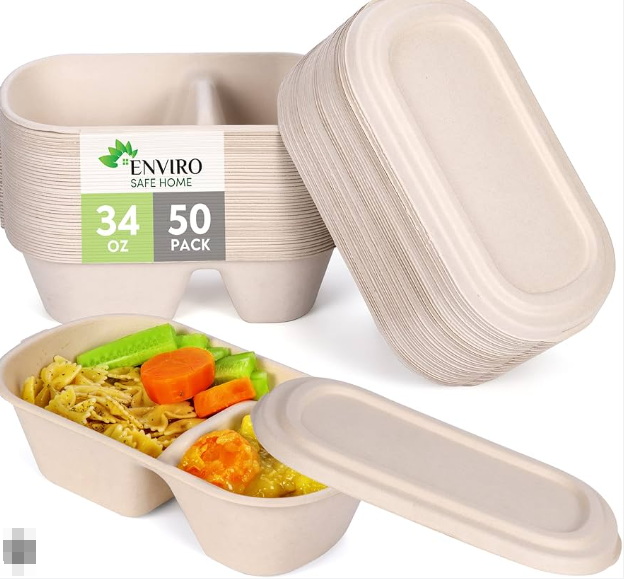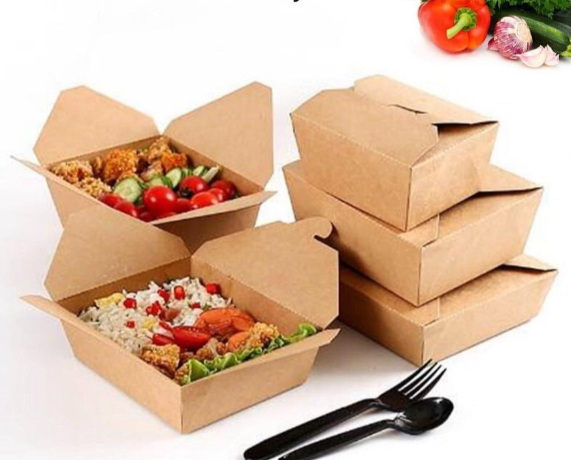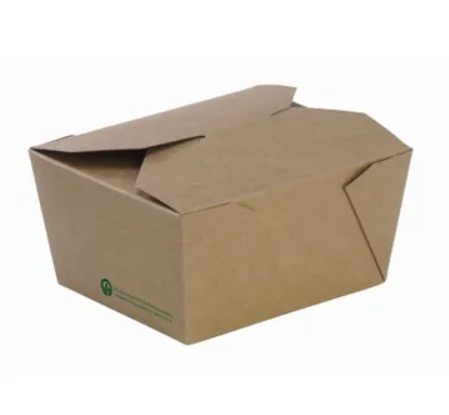
Content Menu
● Understanding Disposable Lunch Boxes
>> What Are Disposable Lunch Boxes?
>> Why Use Disposable Lunch Boxes?
● Key Considerations When Choosing Disposable Lunch Boxes
>> 1. Purpose and Food Type
>> 2. Material Selection
>> 3. Size and Portion Control
>> 4. Eco-Friendliness
>> 5. Compliance with Food Safety Regulations
● Types of Disposable Lunch Boxes
● Tips for Effective Use of Disposable Lunch Boxes
● Popular Brands and Products
● Customer Reviews and Feedback
● Case Studies
● Recipes Suitable for Disposable Lunch Boxes
● Additional Considerations for Large Events
● Innovations in Disposable Lunch Box Technology
● Conclusion
● Frequently Asked Questions (FAQ)
>> 1. What materials are best for disposable lunch boxes?
>> 2. Can I use disposable lunch boxes for hot foods?
>> 3. Are there eco-friendly options available?
>> 4. How do I ensure food safety with disposable containers?
>> 5. What size should I choose for different meals?
Choosing the right disposable lunch box for catering can significantly impact both the presentation and safety of the food served. With various options available, it is essential to consider several factors to ensure that you select the best disposable lunch box that meets your catering needs. This comprehensive guide will explore the key considerations when choosing disposable lunch boxes, the different types available, and tips for effective use.

Understanding Disposable Lunch Boxes
What Are Disposable Lunch Boxes?
Disposable lunch boxes are single-use containers designed to hold food items for takeout or catering purposes. They are made from various materials, including plastic, paper, and biodegradable substances, making them convenient for events where cleaning reusable containers is impractical.
Why Use Disposable Lunch Boxes?
- Convenience: They eliminate the need for washing dishes after an event.
- Hygiene: Single-use containers reduce the risk of cross-contamination.
- Presentation: Many disposable lunch boxes are designed to be visually appealing, enhancing the overall dining experience.
Key Considerations When Choosing Disposable Lunch Boxes
1. Purpose and Food Type
When selecting a disposable lunch box, consider the type of food being served. Different foods require different types of packaging:
- Hot Foods: Use insulated containers that maintain temperature.
- Cold Foods: Opt for containers that keep items chilled.
- Liquid Foods: Ensure that the boxes are leak-proof to prevent spills.
2. Material Selection
The material of the lunch box plays a crucial role in its functionality:
- Plastic: Durable and moisture-resistant but less eco-friendly unless biodegradable options are chosen.
- Paper: Lightweight and often recyclable; suitable for dry foods.
- Biodegradable Materials: Eco-friendly choices made from plant-based materials that decompose over time.
3. Size and Portion Control
Choose sizes that match portion requirements. Larger boxes may be necessary for main courses, while smaller ones work well for sides or desserts. Compartmentalized boxes can help in serving multiple items without mixing flavors.
4. Eco-Friendliness
With growing environmental concerns, opting for eco-friendly disposable lunch boxes is increasingly important. Look for products made from recycled materials or those that are compostable.
5. Compliance with Food Safety Regulations
Ensure that the disposable lunch boxes comply with health and safety standards. Look for certifications indicating they are safe for food contact.

Types of Disposable Lunch Boxes
| Type | Description | Best For |
| Compartment Boxes | Separate food items into different sections | Mixed meals |
| Insulated Containers | Keep hot foods warm and cold foods cool | Soups, stews, salads |
| Biodegradable Boxes | Made from plant-based materials; eco-friendly | Environmentally conscious events |
| Plastic Clamshells | Secure closure; ideal for takeout | Sandwiches, salads |
| Paper Lunch Boxes | Lightweight and recyclable; often used in cafes | Dry foods like sandwiches |
Tips for Effective Use of Disposable Lunch Boxes
1. Plan Portions Wisely: Use appropriate sizes to avoid waste and ensure guests receive enough food.
2. Label Containers: Clearly label each box with its contents to help guests identify their meals easily.
3. Consider Temperature Control: For hot meals, use insulated boxes or include heat packs; for cold meals, use ice packs or chilled containers.
4. Choose Attractive Designs: Aesthetically pleasing packaging can enhance the dining experience and make your catering stand out.
5. Educate Staff on Usage: Ensure that staff understands how to pack food safely in disposable containers to maintain quality and hygiene.
Popular Brands and Products
Several brands offer high-quality disposable lunch boxes that cater to different needs:
- Dart Container: Known for their durable and eco-friendly options.
- Genpak: Offers a wide range of containers suitable for hot and cold foods.
- EcoPure: Specializes in biodegradable and compostable products.
Customer Reviews and Feedback
Customer feedback is invaluable when selecting disposable lunch boxes. Many customers appreciate eco-friendly options that are both durable and affordable. Reviews often highlight the importance of leak-proof designs and the convenience of compartmentalized boxes for meal organization.
Case Studies
Catering businesses have seen success with disposable lunch boxes by tailoring their packaging to specific events:
- Corporate Events: Using branded, eco-friendly boxes enhances the professional image of the catering service.
- Outdoor Events: Insulated containers are crucial for maintaining food temperature in varying weather conditions.
- Eco-Friendly Events: Biodegradable boxes align with the event's environmental ethos, appealing to environmentally conscious attendees.
Recipes Suitable for Disposable Lunch Boxes
When planning meals for catering, consider recipes that are easy to pack and transport in disposable lunch boxes:
- Sandwiches and Wraps: Easy to assemble and pack in paper or plastic clamshells.
- Salads: Use compartmentalized boxes to separate ingredients and dressings.
- Soups and Stews: Insulated containers keep these warm and ready to serve.
Additional Considerations for Large Events
For large events, it is crucial to plan ahead:
- Bulk Ordering: Purchase disposable lunch boxes in bulk to ensure sufficient supply.
- Storage and Handling: Ensure that boxes are stored properly before use and handled hygienically during packing.
- Waste Management: Plan for responsible disposal of used containers, especially if using non-biodegradable materials.
Innovations in Disposable Lunch Box Technology
The industry is evolving with innovations in materials and design:
- Sustainable Materials: New biodegradable materials are being developed to reduce environmental impact.
- Smart Packaging: Some companies are integrating technology into packaging to monitor temperature and freshness.
Conclusion
Selecting the right disposable lunch box is essential for successful catering events. By considering factors such as purpose, material, size, eco-friendliness, and compliance with safety regulations, you can ensure that your food is presented well and remains safe to consume. With a variety of options available, you can find the perfect disposable lunch box that meets your catering needs while also being considerate of environmental impacts.

Frequently Asked Questions (FAQ)
1. What materials are best for disposable lunch boxes?
The best materials include biodegradable options made from plant-based substances, recyclable paper, and durable plastics designed specifically for food safety.
2. Can I use disposable lunch boxes for hot foods?
Yes, but ensure they are insulated or designed to withstand heat without melting or degrading.
3. Are there eco-friendly options available?
Yes, many manufacturers produce biodegradable and compostable lunch boxes made from sustainable materials.
4. How do I ensure food safety with disposable containers?
Choose containers that comply with health regulations and are labeled as food-safe; also consider using separate containers for different food types to prevent cross-contamination.
5. What size should I choose for different meals?
Select sizes based on portion requirements; larger sizes work well for main dishes while smaller ones are ideal for sides or desserts.

















